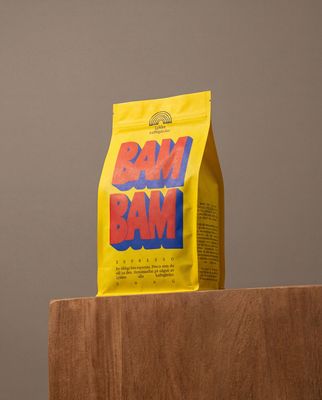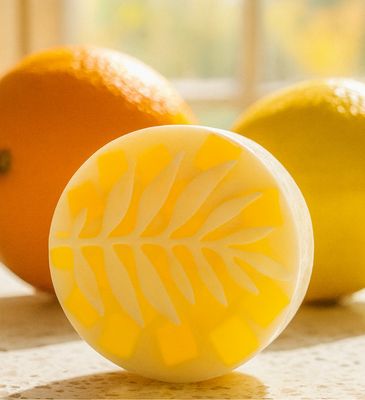Everything about the color Satin
The meaning of the color satin and color combinations to inspire your next creation.
Browse images in the color satin
What color is satin?
Satin is a luxurious, warm golden hue with a subtle sheen, reminiscent of the smooth, glossy fabric. It exudes elegance and sophistication, often associated with opulence and grandeur.
What are similar colors to satin?
For variations within the same golden spectrum as satin, consider:
- Amber (#FFBF00) shares satin's warm, golden tone but with a more vibrant, sunny intensity.
- Gold (#FFD700) closely resembles satin with its rich, metallic luster, evoking a sense of wealth and prosperity.
- Bronze (#CD7F32) offers a deeper, more muted shade, maintaining the luxurious feel of satin with a hint of earthiness.
- Caramel (#FFD59A) provides a softer, sweeter version of satin's golden warmth, adding a cozy, inviting touch.
What color goes with satin?
To complement satin's warm, golden tones, consider pairing it with:
- Ivory (#FFFFF0) enhances satin's elegance with its soft, neutral backdrop.
- Sage (#9DC28A) offers a refreshing, muted green contrast that balances satin's warmth.
- Lavender (#E6E6FA) adds a touch of cool sophistication with its soothing, purple-tinged hue.
- Navy (#000080) provides a deep, rich contrast that highlights satin's opulence.
- Peach (#FFE5B4) complements satin's golden tones with its gentle, warm hue.
What color conflicts with satin?
To avoid clashing with satin's warm, golden hue, consider avoiding:
- Gray (#808080) could dull satin's vibrancy and warmth.
- Black (#000000) might overpower satin's subtle elegance.
- White (#FFFFFF) risks washing out satin's rich, golden tones.
- Cream (#FFFDD0) may neutralize satin's intensity and sheen.
- Beige (#F5F5DC) could diminish satin's luxurious appeal.
What does the color satin represent?
Satin represents luxury, opulence, and sophistication, often associated with wealth and high status. It embodies a sense of elegance and timeless beauty. Psychologically, satin evokes feelings of warmth and comfort, while also suggesting a refined taste. In art and design, satin's golden hue adds a touch of glamour and richness, enhancing the visual appeal of any composition. In photography and film, it can create a warm, inviting atmosphere, drawing the viewer into a world of elegance and charm.
What's the history of satin?
The name "satin" originates from the luxurious fabric known for its smooth, glossy surface, historically made from silk. The fabric became popular in medieval Europe, often used for royal garments due to its opulent appearance. The color satin, inspired by the fabric's sheen, captures this essence of luxury and elegance. In modern times, satin is used in various design contexts to evoke a sense of richness and sophistication, often seen in fashion, interior design, and branding.
Color Variations
Shades
Tints
Hues
Color Palettes
Monochromatic
Complementary
Analogous
Triadic
Tetradic
Images with satin color
Color Conversions
#CBA135rgb(203, 161, 53)rgb(80%, 63%, 21%)0, 21, 74, 20hsl(43, 59%, 50%)43, 74, 80#CBA13568, 5, 5938, 38, 968, 59, 8511001011, 10100001, 00110101Color(red: 0.796078431372549, green: 0.6313725490196078, blue: 0.20784313725490197)UIColor(red: 0.796078431372549, green: 0.6313725490196078, blue: 0.20784313725490197, alpha: 1.0)Color(0xFFCBA135)










